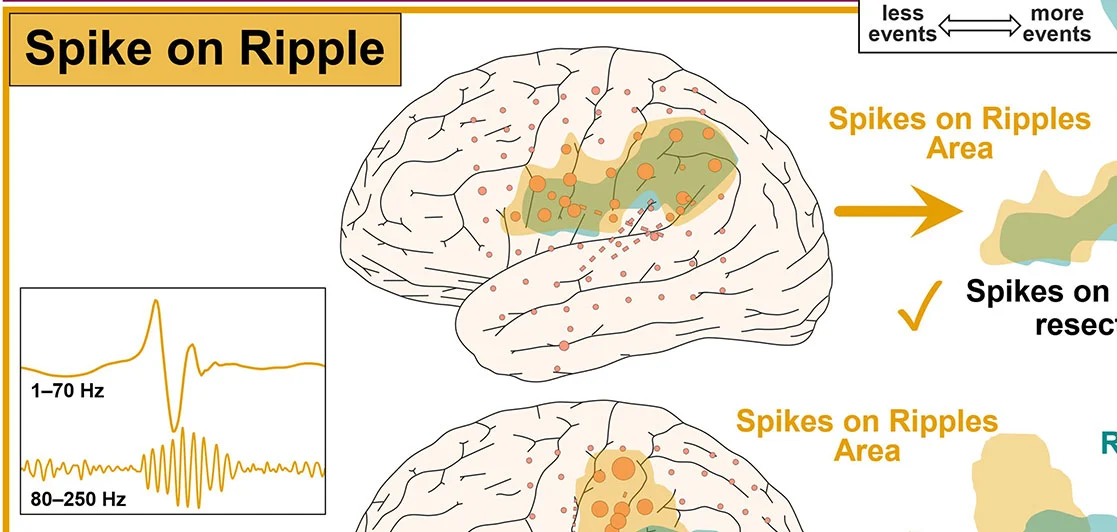The Cerebellum as a Source of Generalized Convulsive Seizures
August 17, 2023
Article published by Baylor College of Medicine
Recurrent seizures are debilitating and sometimes fatal. While the beginning and manifestation of seizures can vary significantly, of more than 25 categories of seizure presentations within epilepsy, those with convulsions are perhaps the most disruptive and generally the most feared by patients and caregivers. Unfortunately, convulsive seizures also are the most commonly occurring type of generalized seizures.
Little is known about the source or the precise mechanism by which these seizures originate, making it difficult to develop effective treatments for these patients, but a study led by Dr. Roy Sillitoe, professor of pathology and immunology and neuroscience at Baylor College of Medicine and investigator at the Jan and Dan Duncan Neurological Research Institute (Duncan NRI) at Texas Children’s Hospital, provides new insights into how seizures happen. The study was published in Communications Biology.
To our knowledge, this is the first study to implicate the cerebellum in altering the activity of a specific group of neurons in a brain area called the ventral posteromedial nucleus (VPM) in the thalamus, which then initiate generalized convulsive features,” Sillitoe said.
“These findings not only deepen our understanding of how seizures originate but are expected to have a wider impact on several neurological diseases. Moreover, this study opens the tantalizing possibility of targeting cerebellar circuits to treat generalized epilepsies and other neurological disorders.”






